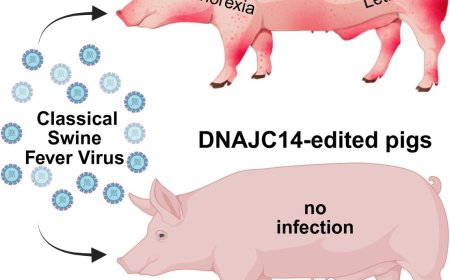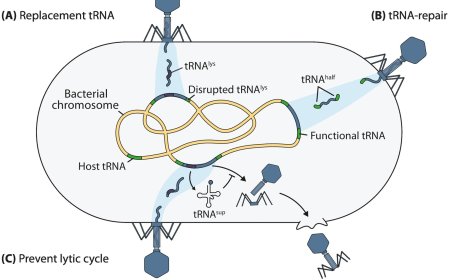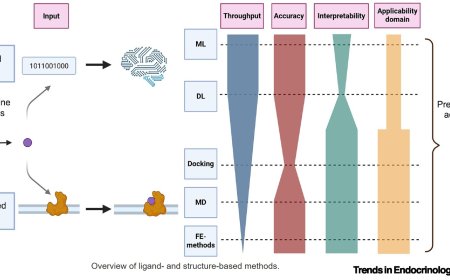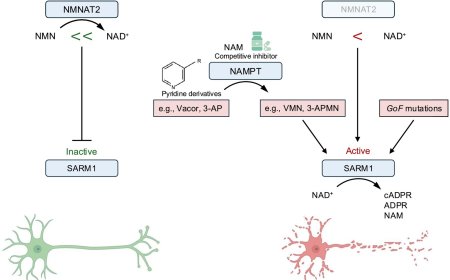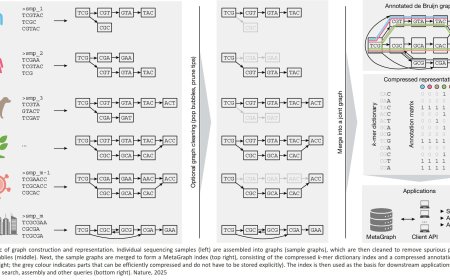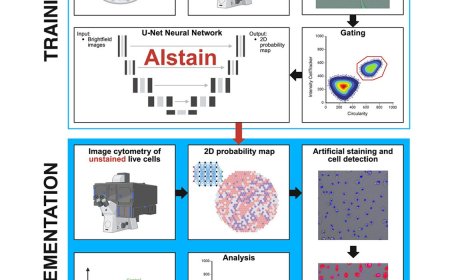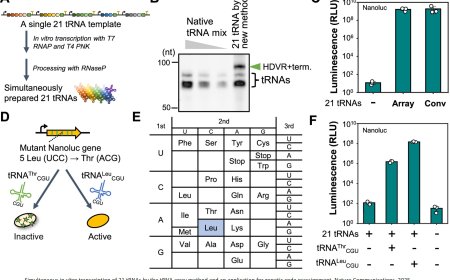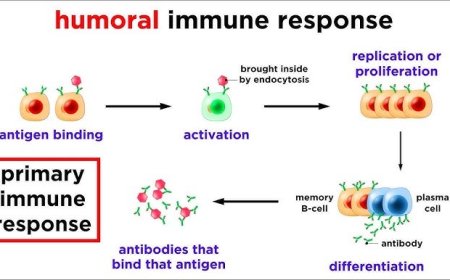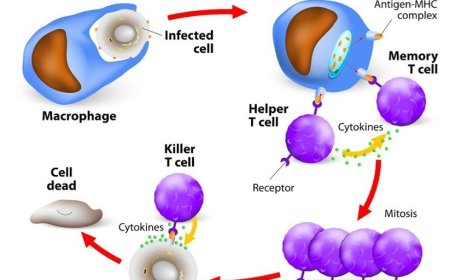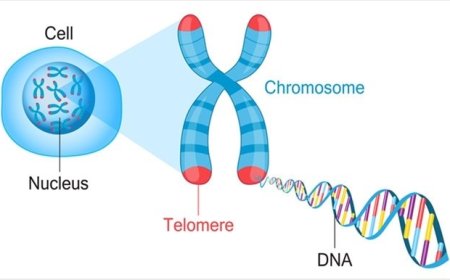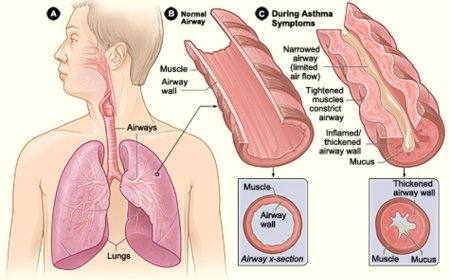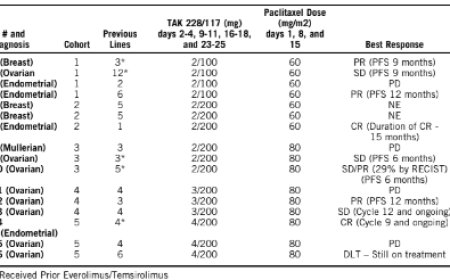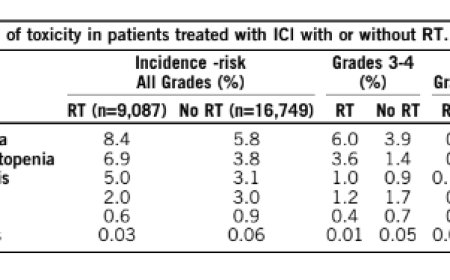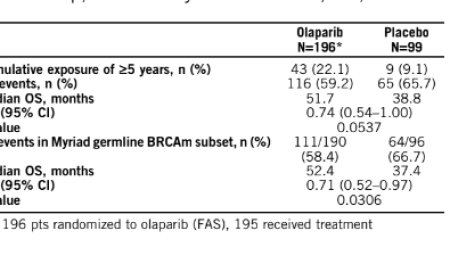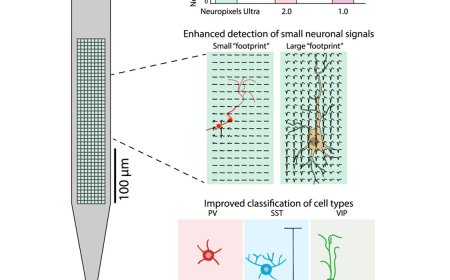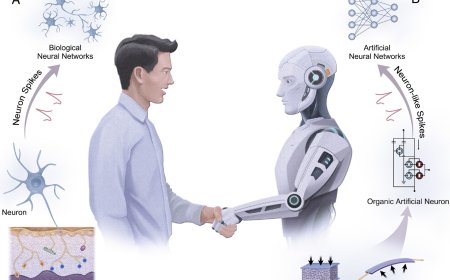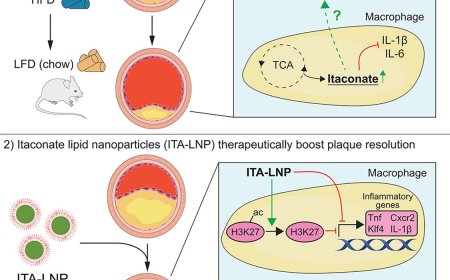RNA nanoparticle gene therapy to prevent premature skull fusion in newborns
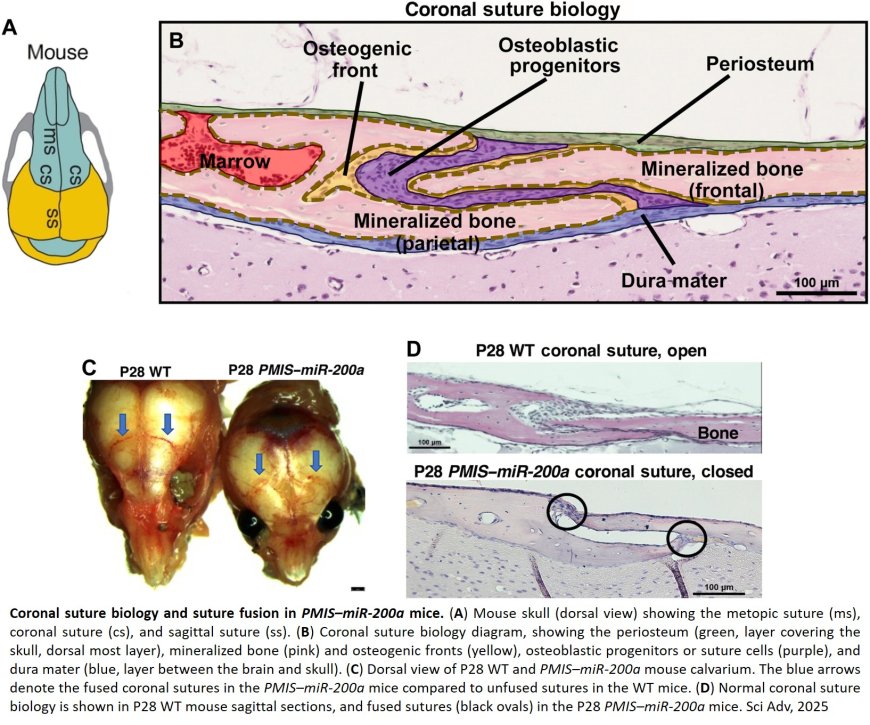
The researchers have successfully tested a technique that stimulates a gene to prevent craniosynostosis, a condition that causes infants’ skulls to close prematurely.
Craniosynostosis occurs when one or more joints between the bones of a baby's skull close prematurely, leaving a lack of space for the growing brain to expand. This can cause deformities in head shape and facial appearance if not treated surgically. Some studies have stated the condition can occur in as many as 1 out of 2,200 live births.
The researchers identified a single gene, miR-200a, and created a nano-sized packet that was injected just below the scalps of newborn mice. The nano-packets migrated to the joint region in the mouse skull and released the miR-200a gene, causing cells to stimulate more production of the gene. That production, known as gene expression, instructed the joints, or sutures in the skull, to not fuse, thus allowing room for the infant mice’s brains to expand.
“This is the first demonstration of a gene therapy approach for craniosynostosis that we know of,” says the study’s corresponding author. “This will save a lot of trauma for children.”
There are more than 40 genes considered to be involved in craniosynostosis. The authors zeroed in on the miR-200a gene after finding that it appeared to have a role in craniofacial development. The team tested the hypothesis by first blocking the gene in infant mice. The mice in those experiments developed craniosynostosis.
Next, the group partnered with a co-author on the study, to come up with a formulation, or recipe, to deliver the miR-200a gene and coax cells to produce it. That formulation involved a 95-nanometer-sized package that housed the gene, small enough for the cell to recognize it and welcome it in, like an invited houseguest.
“The cells have a process where they’ll see this nanoparticle, take it up, and uncoat the particle, so that we can release the gene. Then a cell can express it,” the author explains.
The researchers injected the nano-packets a single time into eight infant mice that had been genetically programmed for craniosynostosis. None of the eight developed the condition. Moreover, the skull sutures remained open for 17 days, allowing room for the mice’s brains to grow as normal and long enough to demonstrate the lasting effect of gene treatment, the researchers report.
“We’ve shown there’s no toxicity with our system and there are no adverse effects either on the skull or with any cancer,” says the author.
For now, it is nearly impossible to detect craniosynostosis before a child is born. But once detected, intervention would be minimal: Surgeons would need to perform a procedure known as endoscopic strip craniectomy, which then could be followed by the gene-led treatment.
